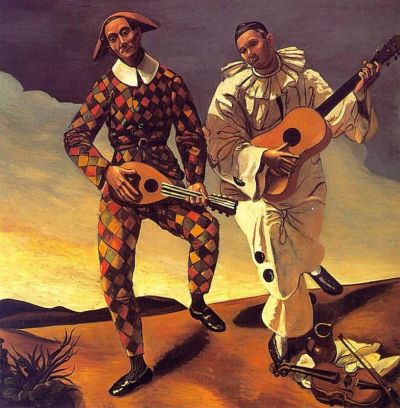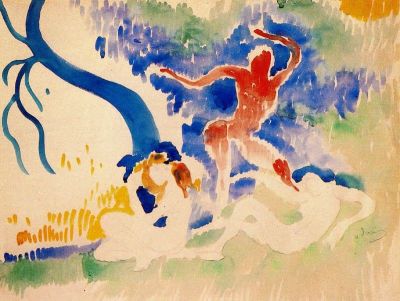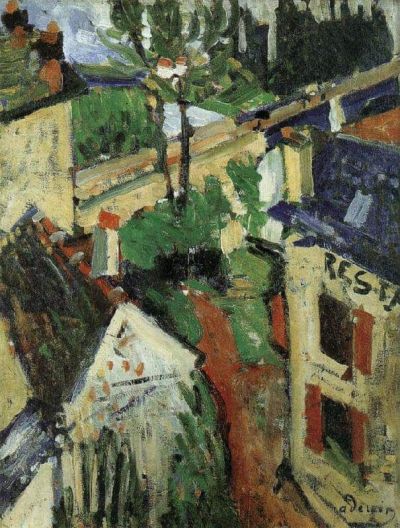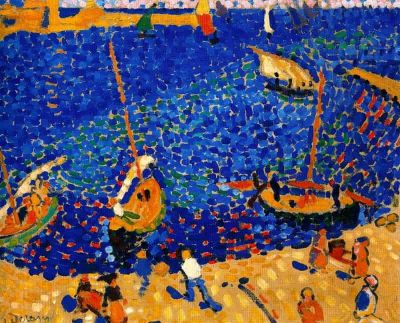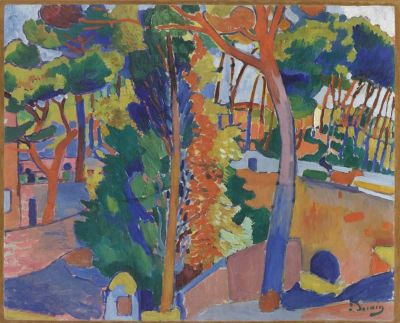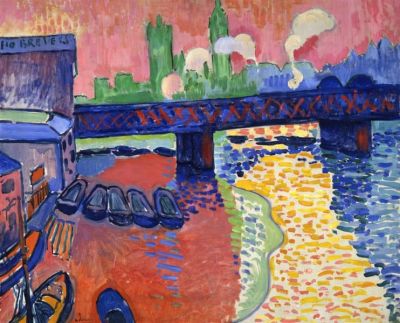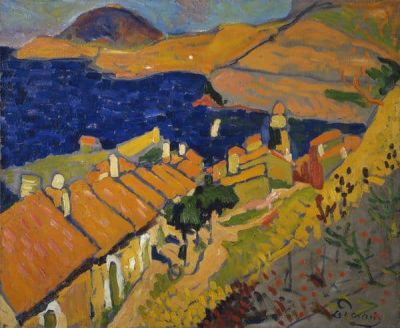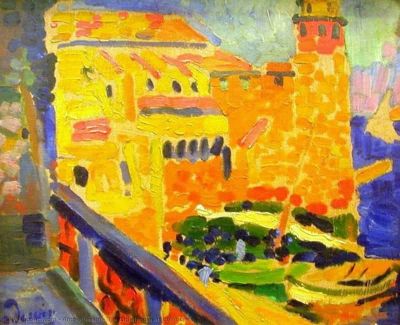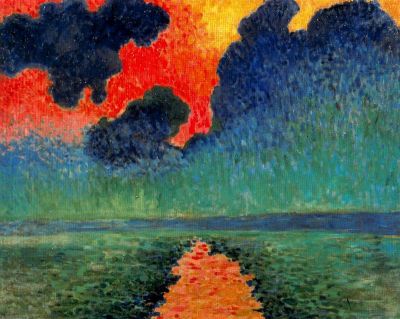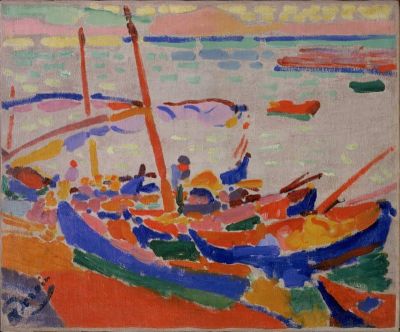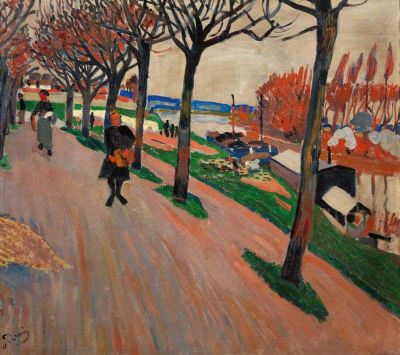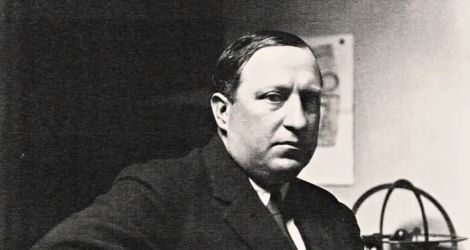
A short story about André Derain
André Derain played a vital part in the creation of two of the most important artistic trends of the early twentieth century. He, Henri Matisse, and Maurice de Vlaminck were responsible for creating works in an entirely new style that would become Fauvism, and his friendship with Pablo Picasso and Georges Braque was crucial to early Cubism. Nonetheless, his role as the creator of the concepts that fueled these movements is frequently contested, and others regard his work as derivative.
This is due, in part, to his constant search for creative meaning and his endeavor to produce eternal art free of the uniqueness of the current age, which led him to experiment with various stylistic idioms. Whatever side of the Derain controversy you fall on, we can all agree that his use of expressive brilliant color, simplification of form, and fascination with primitive art were constants throughout his work and played a significant influence in the formation and spread of early Modern Art.
Derain, along with Matisse, was a co-founder of the Fauve artistic movement. Although he was attracted by the surrounding environment, a popular subject among modern artists, he wished to devote far more emphasis to the expressionistic aspects of paint. His paintings are distinguished by rich, bright brushwork that draws the viewer's attention as much as the subject itself.
Derain became interested in primitive masks after seeing them on display at the Negro Museum in London, and he was among the first to collect tribal art from Africa. He was most likely responsible for Cubist artists like Picasso and Braque's fascination with raw components. Derain himself was initially intrigued in Cubist style components, but his stylistic research was fleeting.
Derain's pursuit of work that didn't require context to be valuable, that had meaning for any generation, led him to the school of Symbolism. His colorful paintings of nature's beauty and people enjoying it differ substantially from those of the Impressionists before him, who attempted to show modern life more realistically. His emphasis, regardless of specifics, is on the beauty of what is described on the canvas. This broadness indicated a preference for the idealism of Classical Art.
The Nazi regime was particularly drawn to Derain's later embrace of a Classical style, which suited their own claim to higher ancestry. Nonetheless, his association with the Nazi party during the Nazi occupation of France won him a dubious place in the annals of contemporary painting, eternally tainting his revolutionary accomplishments.
